Maggie Haberman started working at the New York Times in 2015 — with just one little problem. She didn’t know what she was supposed to be doing there.“
I was looking for a lane, so I picked up Trump because nobody seemed very interested in Trump,” Haberman said on the latest episode of Recode Decode, hosted by Kara Swisher. “I knew him and I knew his people.”
Just two years later, she’s one of the NYT’s best-known reporters thanks to her coverage of Trump’s campaign and, now, his presidency. But for most of her career, Haberman had dreamed of one day being the Times’ chief New York correspondent, covering the city’s “broken” political system.
Speaking with Swisher at the 2017 Texas Tribune Festival, along with Washington Post reporter David Fahrenthold, Haberman said she learned “the number one rule” about Donald Trump while working at the New York Post, which he would call frequently as a “source” of gossip about himself.
“In his brain, two things are true,” she said. “No one speaks for him except him, even if he actually has a spokesman, and he believes that facts can be changed so that they can be something other than what you thought they were a day ago.”



 Your new post is loading...
Your new post is loading...




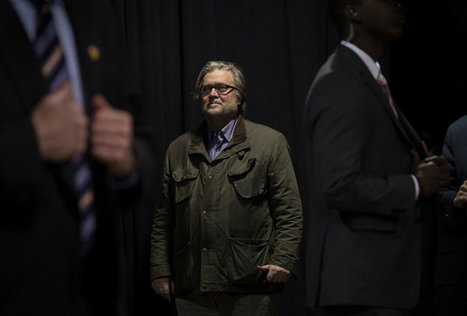

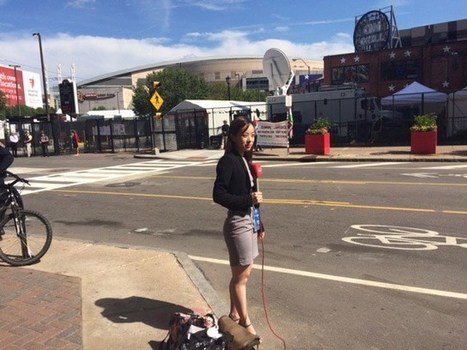
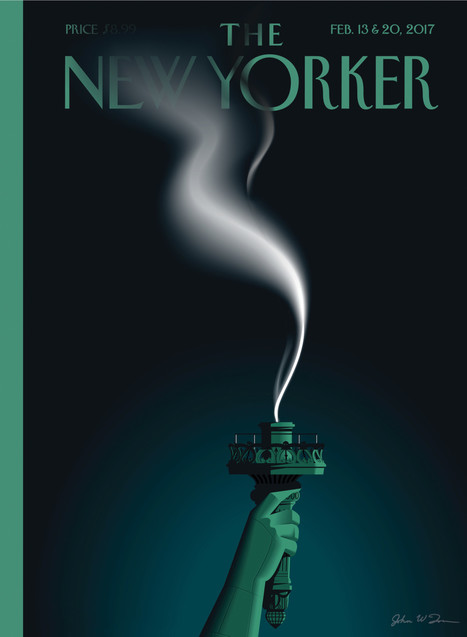
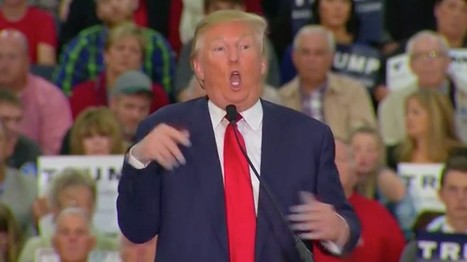
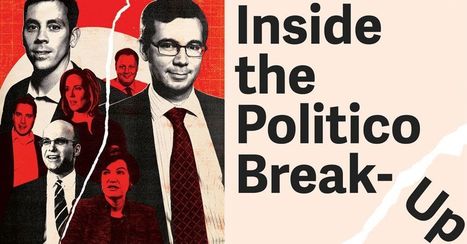





On the latest Recode Decode, the two journalists explain how their careers set them up to cover the Trump Era.